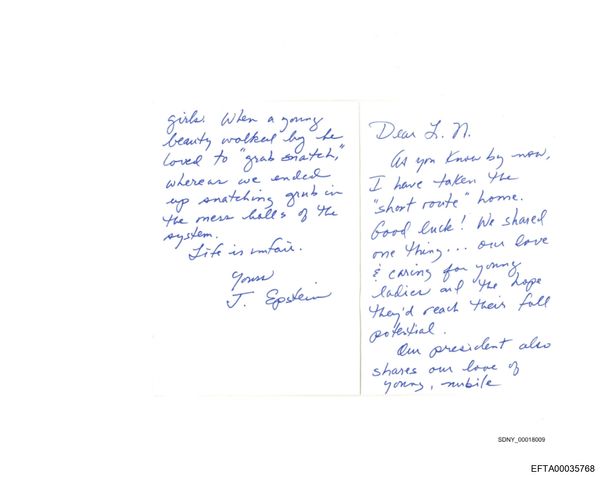
A bearded man looks back at you from his mummified cocoon, his face absolutely alive. His eyes are dark and pensive in a face that emerges from the shadows in full perspective, each black hair bristling. This kind of painted simulacrum created in Egypt in the second century AD wouldn’t be technically possible again until the age of Jan van Eyck.
And somewhere underneath this uncanny living portrait is the dead man himself. This is a rare surviving example of a Roman-era Egyptian mummy that has never been unwrapped or had its portrait removed. It makes you wonder what you are looking at – a work of art or a dead person or, as this exhibition suggests, another thing entirely.
Golden Mummies of Egypt sets out to make mummies strange. You may think they’re strange enough to begin with. The great civilisation that grew up on the Nile around 5,000 years ago preserved its dead by a ritual that involved gutting the body of decay-prone innards, bathing it in natron, wrapping it in bandages and sealing it in a nest of coffins inside a sarcophagus. Or so goes the usual story.

The mummies in this exhibition, all from this museum’s fine collections, all tightly wrapped like babies in swaddling bands, are presented in a way intended to make you think again about what these ancient Egyptian artefacts actually are.
They are laid reverently on velvet beds, lit to bring out their bright gold decorations, surrounded by plenty of dark empty space in the generous new exhibition hall. The effect is almost cultic. And that’s the point. In the minds of the ancient Egyptians, a mummy was not a preserved body. It was the human form become divine: a god-like vessel in which to walk in eternity with the gods. In Egyptian mythology the first mummy was the god Osiris, killed and chopped up by his brother Seth then resurrected by his wife Isis who gathered the pieces and bound them together.
These mummies are truly Osiris-like. Instead of the thin bandaged limbs horror films have told us to expect, ready to raise a dead arm as they awaken, they’re sealed in a sculptured shape. Some have the glittering gold masks from which the exhibition takes its name.
The abstracted faces of the gold-masked mummies here look like Byzantine Madonnas, their big oval eyes the epitome of ancient Greek art becoming medieval. But the painted portraits are far more haunting. Manchester’s Egyptian collection was amassed by Victorian industrialist Jesse Haworth. This cotton magnate sponsored the archaeologist William Matthew Flinders Petrie, who pioneered the discipline as a modern science. More interested in finding pottery shards than shiny treasures, Flinders Petrie is comically quoted in a wall text here complaining: “The plague of gilt mummies continues.”

Flinders Petrie dug in the Faiyum Oasis south of Cairo where perfect conditions miraculously preserved painted mummy masks in encaustic on wood. These are simply some of the most stunning works of art that survive from the ancient world – and this exhibition has a whole gallery of them, women and men, earringed, shaved, bearded, all depicted in perspective depth. They have an eerily calm presence.
Here the show’s argument falls apart, beautifully. It insists that mummies are images of the divine and perfect, not preserved individuals. But the people who commissioned painters trained in the Greco-Roman realist style to create these exquisitely individual images obviously did want to think of their deceased loved ones as unique people. This is even more unmistakable when the painting is still attached to a mummy. A thickly bound mummy from the reign of the emperor Hadrian has a portrait over its face of a sensitive beardless young man, looking at you with piercing, energetic eyes as if about to speak: the spooky effect is to grab at heartstrings by opening a window to the beyond.
Maybe these portraits of the dead reveal attitudes to mortality and the individual soul at a time when the new sect of Christianity was attracting followers, or maybe they simply prove that ancient Egyptians, Greeks and Romans – whose worlds meet in this show – shared the same burden of mortality that all human beings face. Can the individual survive death, somehow? These paintings dare to hope so. Few archaeological remains remind you of the frail and universal condition of being alive as touchingly as these miraculously preserved Faiyum portraits.
• At Manchester Museum from 18 February to 31 December. Tickets free, reserve them here.







